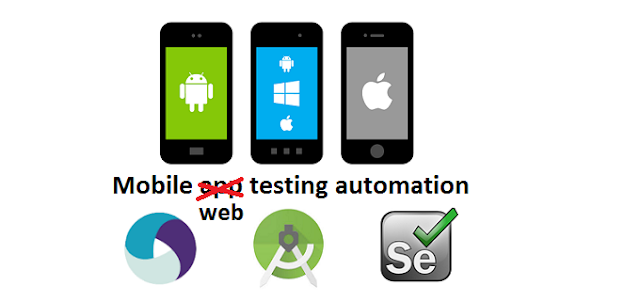Android statistics: April 2018
Some time ago I started to share Android statistics and predictions and I still keep track of these statistics. At my previous employer I also had to report on this, so I created some blogposts on their website instead of here. So I thought it might be interesting to start sharing this information again. I'll share my reasons to support or skip a certain version on the long and short term. Obviously the support you want to give for your app/website is depending on your customers and not per see on these statistics.
 |
| https://developer.android.com/about/dashboards/ Data collected during a 7-day period ending on April 16, 2018. Any versions with less than 0.1% distribution are not shown. |
Statistics
I'm skipping the numbers for Android Jelly Bean and earlier (4.3 and earlier). The reason I left these out is due to the fact that there market share really does not matter anymore. And there are so many lines in these graphs that it is more clear this way. In case your app/website still needs to supports these versions, just take a look at the Android Developer Dashboard page for the latest numbers. All numbers shown in the figures below are collected from that same Android Developer Dashboard page.
Versions over time
Codenames over time
Support or not?
General trends
- New Android versions take about one to two months after release before we see them appearing in the statistics
- It takes at least 6 months after first appearance in the statistics to gain +- 5% market share
- For each codename, from the point it has 5% to the point it's on the #1 position takes about 1 year
- It can take up to a year after the version/codename has reached it's full potential before it starts to show a steady decrease in market share
- Steady decreasing versions will loose +- 10% market share per year
- Decreasing versions that have reached the 10% market share line will loose +-5% in the following year
Short term
If your project needs to go live in the next few months, it would make sense to support the Android 5.1.x and high. I would leave out 5.0 since it has a low market share unless it's not much effort. Android 4.4 depends on the scope of your project. It has a decent 10,5% but it's outdated (released in 2013). Android Oreo (8.0 & 8.1) depends on the scope of the project. My personal preferrence is to support the latest and these two versions definatelly will gain more market share in the next few months.
Long term
If your project will go live in about a year or so, I have almost the same recommendations besides the fact that I would definatelly drop 4.4 & 5.0 and most likely also 5.1 depending on how fast the market share drops.
Final words
Every project is different, every budget is different, every customer is different. Also there is a huge difference between apps versus mobile site. Listen to the customers, aim for the future and don't forget to meassure and test properly before release. If you didn't test, you don't know.



Comments
Post a Comment